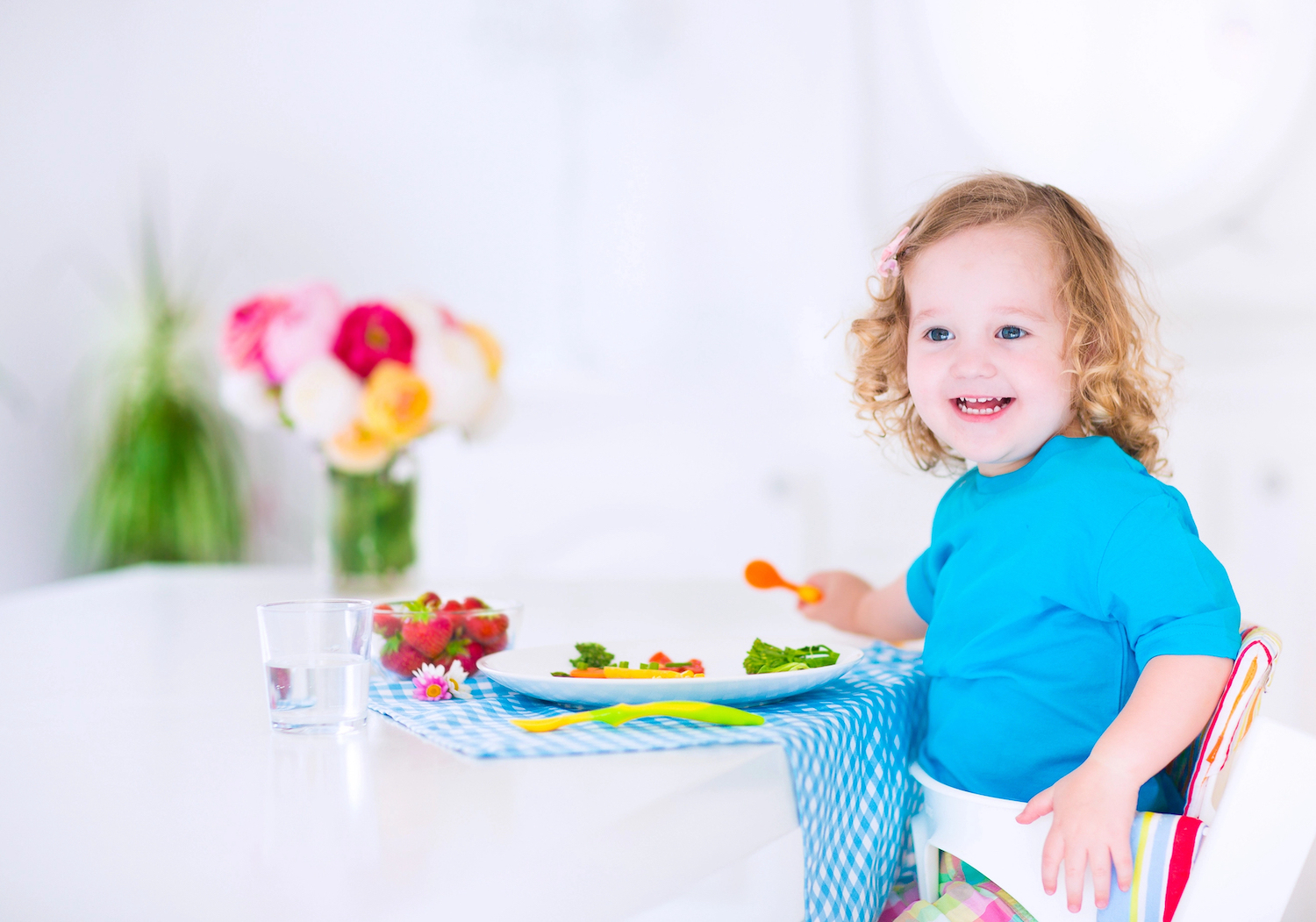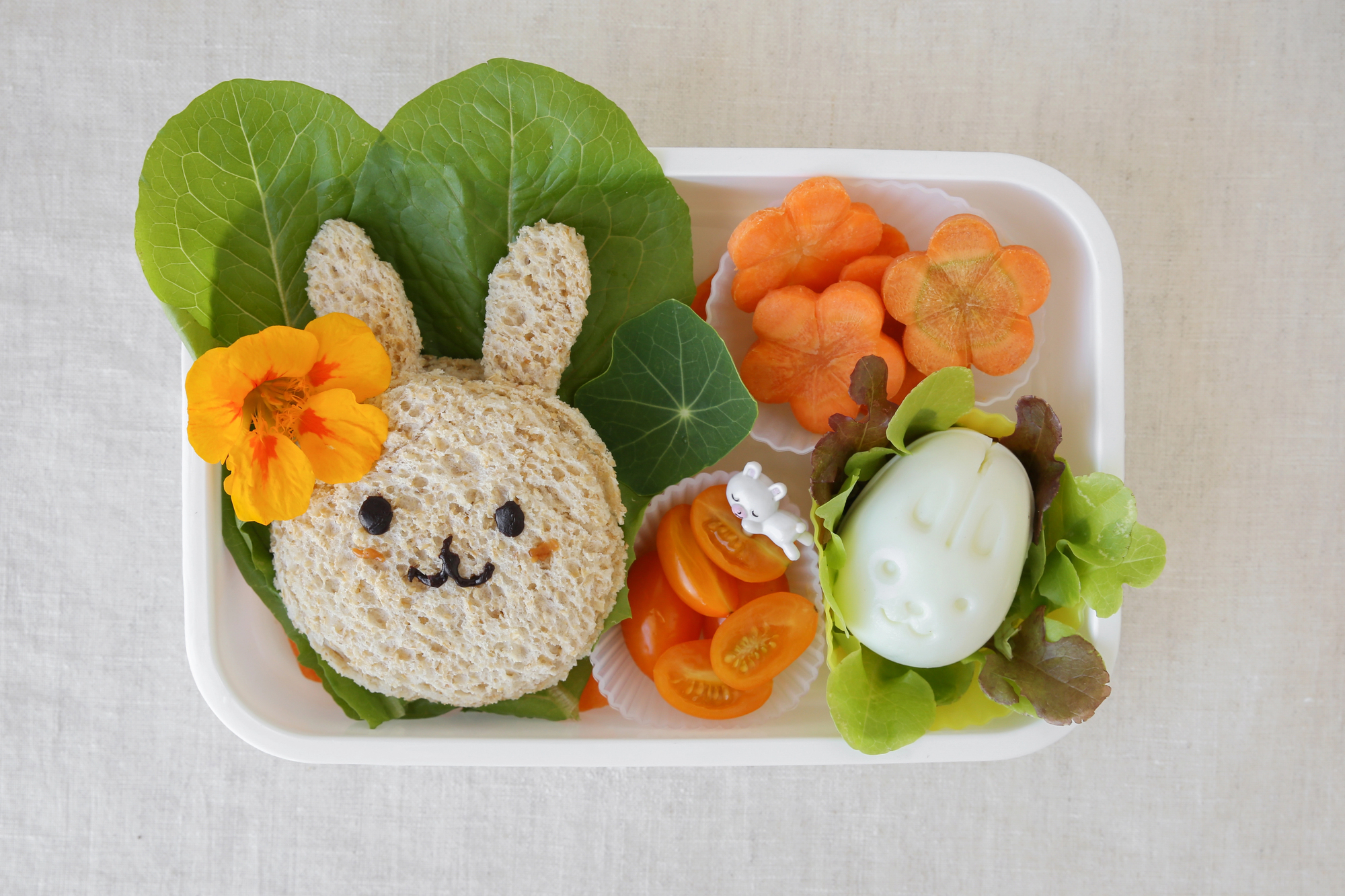Balancing your child’s nutritional needs while they’re at childcare can feel challenging. You control meals at home, but once they’re away, it’s harder to ensure they’re eating well. With a little planning and the right communication, you can ensure your child gets the right nutrients, even when they’re outside the home. Here’s how to simplify mealtimes for a stress-free day.
1. Communicate with the Childcare Centre About Meals
Understanding the meals your child is offered at childcare is key. If the centre provides meals, ask to see the menu to help you plan balanced meals at home. If you pack lunch, learn about their meal policy and what options are encouraged.
Questions to ask the childcare centre:
-
What’s on the menu? Request a weekly or monthly menu to assess food variety. If they serve pasta or bread often, balance that with more protein and vegetables at home.
-
Is the menu nutrient-dense? Inquire if the meals contain fresh vegetables, lean proteins, and whole grains. This will help you adjust your at-home meals for any gaps.
-
Are there special dietary needs? Ask about allergies, intolerances, or dietary restrictions. This ensures your child’s meals are safe, and you can plan accordingly.
-
Are snacks provided? If snacks are offered, ask what they typically provide. If they’re processed, consider packing healthier alternatives like fresh fruit or whole-grain crackers.
-
How do they handle picky eaters? Understanding how the centre supports selective eaters helps set realistic expectations about your child’s meals.
-
Do they cater to cultural or religious diets? If your child has cultural dietary needs, ensure the centre can accommodate them.
2. Build Balanced Meals at Home Using a Simple Formula
When packing lunch, focus on variety. Use the following formula to create well-rounded, nutritious meals: fruits, vegetables, proteins, grains, and dairy (or dairy alternatives).
Balanced meal ideas:
-
Fruits: Easy-to-eat options like apple slices, berries, or fruit salad (cut into bite-sized pieces to avoid choking hazards).
-
Vegetables: Pre-cut veggies like carrot sticks, cherry tomatoes, or cucumber. Add hummus or guacamole for extra flavor.
-
Whole grains: Include whole grain crackers, wraps, or pasta. Quinoa, brown rice, or whole wheat bread are great additions.
-
Proteins: Offer lean proteins like chicken, turkey, eggs, or tofu. For vegetarians, beans, lentils, or veggie patties work well.
-
Dairy or alternatives: Include cheese sticks, yogurt, or plant-based options like almond or soy yogurt.
Creative lunch ideas:
-
Mini wraps: Whole grain wraps with chicken, veggies, and cheese, rolled up for easy eating.
-
Veggie muffins: Bake mini muffins with hidden veggies like zucchini or spinach.
-
Fruit salad: A colourful, fun fruit salad, cut into small manageable size pieces that are easy to pack and loved by kids.
3. Keep Nut-Free, Healthy Snacks on Hand
Many centres have nut-free policies to keep children safe from allergies. Offering a variety of wholesome, easy-to-grab snacks will ensure your child always has healthy options available.
Nut-free snack ideas:
-
Vegetables and dips: Carrots, cucumber, or bell peppers paired with hummus or yogurt-based dips.
-
Rice cakes: Top plain rice cakes with cheese, avocado, or nut-free spreads for variety.
-
Whole grain crackers: Choose low-sodium crackers with cheese or fruit slices.
-
Fresh fruit: Apple slices, grapes (halved), or strawberries make for quick, nutritious snacks.
-
Yogurt: Single-serve yogurt or plant-based yogurt options provide protein and calcium.
Snack organization tips:
- Pre-portion snacks into small, resealable bags for easy access.
- Store snacks in child-friendly spots so they can grab them independently.
- Ensure portion sizes are suitable for your child to avoid overeating.
4. Make Healthy Snacks Fun and Engaging
Kids are more likely to enjoy their food if it’s visually appealing. Make mealtimes fun by offering snacks in creative ways.
Fun snack ideas:
-
Shape it up: Use cookie cutters to turn fruits, vegetables, or sandwiches into fun shapes.
-
Rainbow plates: A colourful plate of fruits and vegetables grabs attention and makes eating exciting.
-
DIY Lunchables: Pack separate portions of bread, cheese, and deli meats so your child can create mini sandwiches.
5. Limit Sugar and Processed Foods
While occasional treats are fine, limit sugary or processed foods to avoid energy crashes. Opt for healthier snacks that provide lasting energy and nutrition.
Healthy alternatives to sugary snacks:
-
Homemade granola bars: Make oat-based bars with dried fruit and seeds for a nutritious snack.
-
Fresh fruit or fruit pops: Choose fruit-based snacks over sugary candy.
-
Baked goods: Bake oatmeal cookies with less sugar for a healthier treat.
Final Thoughts
Ensuring your child eats well at childcare doesn’t have to be stressful. By maintaining open communication with the centre, packing balanced meals, offering fun snacks, and avoiding excess sugar, you can rest easy knowing your child’s nutritional needs are being met both at home and at childcare.









